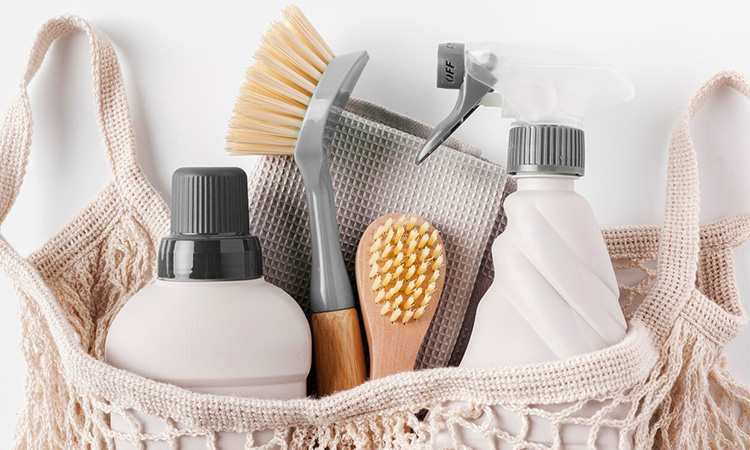Plastics have seamlessly woven themselves into the fabric of our daily lives, becoming an indispensable part of modern living. From the moment we wake up until we retire to bed, we encounter numerous plastic products that enhance convenience, safety, and efficiency. In this article, we’ll delve into the diverse applications of plastics, exploring how they contribute to various aspects of our daily routines.
Morning Rituals: Plastics in Personal Care Products
-
Toothbrushes and Toothpaste:
The soft bristles of our toothbrushes and the squeezable tubes of toothpaste are often made of plastics, providing durability and hygiene in our daily oral care routines.
-
Shampoo and Shower Gel Bottles:
The lightweight and waterproof nature of plastic make it an ideal choice for packaging our favorite shampoos and shower gels, ensuring they are easy to handle and remain intact in our bathrooms.
-
Combs and Hair Accessories:
Plastics take center stage in the world of hair care, with combs, hair clips, and other accessories offering a blend of flexibility and strength.
In the Kitchen: Plastics Facilitating Convenience
-
Food Packaging:
Plastic’s versatility shines in the realm of food packaging. From the protective layers on cereal boxes to the airtight seals on containers, plastics help extend the shelf life of our favorite edibles.
-
Kitchen Utensils:
The durability of plastic makes it a popular choice for kitchen utensils such as spatulas, measuring cups, and cutting boards. These items are not only practical but also resistant to stains and odors.
-
Food Storage Containers:
Plastic containers have revolutionized leftovers. With their lightweight and durable design, they offer a convenient and stackable solution for storing and reheating food.
On the Go: Plastics in Transportation and Mobility
-
Automobile Components:
Plastics contribute significantly to the automotive industry, from lightweight interior components to durable bumpers. This not only improves fuel efficiency but also enhances safety.
-
Public Transportation:
Many public transportation vehicles, including buses and trains, utilize plastics in their construction for seating, interior components, and exterior panels, providing a balance of comfort and durability.
-
Bicycles and Sports Equipment:
Plastics play a key role in the manufacturing of bicycles, helmets, and sports gear. Their lightweight nature contributes to agility and ease of use in various recreational activities.
At Work: Plastics Boosting Productivity
-
Office Supplies:
Pens, folders, and sticky notes are just a few examples of office supplies made from plastics. Their affordability and versatility make them essential tools in the modern workplace.
-
Computer and Electronic Devices:
Plastics are integral to the construction of computers, smartphones, and other electronic devices. They provide a lightweight and durable housing for sensitive components, ensuring longevity and portability.
-
Furniture and Office Decor:
Plastic materials contribute to the creation of ergonomic office furniture, as well as decorative elements that add style and functionality to workspaces.
In Our Leisure Time: Plastics for Entertainment and Relaxation
-
Toys and Games:
Children’s toys, board games, and gaming consoles often incorporate plastics for their durability and versatility, ensuring hours of entertainment.
-
Books and Magazines:
The covers and packaging of many printed materials are made from plastics, offering protection against wear and tear while providing a visually appealing finish.
-
Sports and Outdoor Equipment:
Plastics feature prominently in the production of sports equipment, from durable kayaks and surfboards to lightweight camping gear.
Healthcare and Safety: Plastics in the Medical Field
-
Medical Devices:
Plastics are widely used in the production of medical devices, ensuring a balance of sterility, flexibility, and durability in items such as syringes, IV tubes, and medical packaging.
-
Protective Gear:
From face shields to disposable gloves, plastics play a crucial role in providing protective gear for healthcare professionals, contributing to safety in medical environments.
Environmental Considerations and Responsible Use of Plastics
-
Recycling Initiatives:
As the awareness of plastic pollution grows, recycling initiatives have gained momentum. Many plastic products are now designed with recyclability in mind, contributing to a more sustainable approach to plastic use.
-
Biodegradable Plastics:
Innovations in materials science have led to the development of biodegradable plastics, offering a potential solution to the environmental impact of traditional plastics.
-
Consumer Responsibility:
Understanding the environmental implications of plastic use empowers consumers to make informed choices. Responsible disposal, recycling efforts, and supporting businesses committed to sustainability are essential steps in mitigating the impact of plastics on the environment.
Plastics have undoubtedly become an integral part of our daily lives, enhancing convenience and functionality in countless ways. From the products we use in our personal care routines to the tools that power our workplaces, plastics have proven their versatility and value. As we continue to enjoy the benefits of plastics, it is crucial to balance convenience with environmental responsibility. Through awareness, innovation, and responsible consumption, we can ensure that plastics remain a valuable companion in our daily lives without compromising the well-being of our planet.
Next On Your Reading List:




